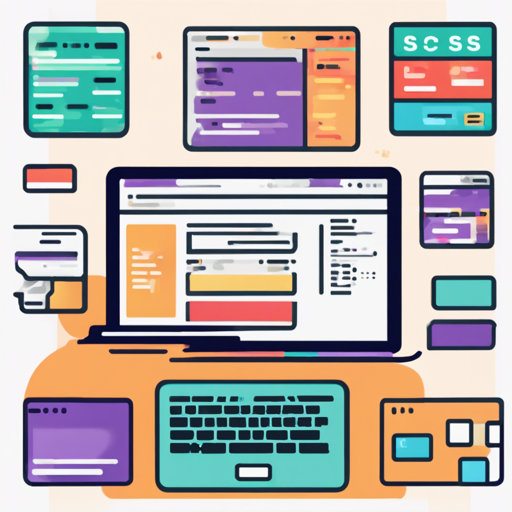In the world of web development, CSS frameworks are like a highly skilled chef’s toolkit, containing a variety of utensils and instruments that help you prepare delightful dishes — or in this case, stunning websites! With numerous frameworks available, you’ll want to know how to choose the right one and effectively implement it in your projects. Let’s dive into this delectable array of options!
Understanding CSS Frameworks
CSS frameworks are essentially pre-prepared collections of stylesheets that simplify web design by providing ready-made utilities, components, and layouts. They enable developers to avoid redundant coding while accelerating the design process.
Categories of CSS Frameworks
Here’s a breakdown of different CSS framework categories to guide your choice:
- Base, Reset, Normalize: Frameworks that help in normalizing browser styles.
- Class-less: These frameworks use semantic HTML without relying on classes.
- Very Lightweight: Frameworks that are compact and designed for small file sizes.
- General Purpose: Versatile frameworks that can cater to various project needs.
- Material Design: Styles inspired by Google’s Material Design guidelines.
- Utility-based: Frameworks that focus on utility-first approaches for rapid UI development.
- Specialized and Toolkits: These frameworks target specific needs or provide utilities for styling.
- Stalled Development: Frameworks that are no longer actively maintained but may still hold value.
Popular Options and Resources
Let’s explore some notable frameworks and their features:
Base, Reset, Normalize
- modern-normalize – Normalize browsers’ default style.
- ress – Modern CSS reset.
- Natural Selection – Collection of best-practice CSS selectors.
Class-less Frameworks
- MVP.css – Minimalist stylesheet for HTML elements.
- sakura – Minimal classless CSS framework/theme.
- Simple.css – Lightweight, classless CSS framework.
General Purpose Frameworks
- Bootstrap – The most popular HTML, CSS, and JavaScript framework.
- Bulma – Modern CSS framework based on Flexbox.
- Foundation – Advanced responsive front-end framework.
Explaining with an Analogy
Think of CSS frameworks as pre-prepped meal-kits in a fine dining restaurant. Just as a meal prep kit contains ready-to-cook portions of ingredients with recipes, frameworks provide a predefined structure and styling rules to simplify the web development process. For example, Bootstrap can be considered the classic Italian meal kit — versatile, widely liked, and perfect for a variety of dishes, while Tailwind CSS offers the freedom to create your own culinary masterpiece, allowing for more creativity in the kitchen!
Troubleshooting Ideas
If you encounter issues with using CSS frameworks, here are some troubleshooting tips:
- Make sure you include the necessary files (CSS/JS) in the correct order in your HTML.
- Check the console for any JavaScript errors or warnings.
- Clear your browser cache to ensure you’re loading the latest version of your styles.
- Examine the CSS specificity to avoid conflicts with other styles.
For more insights, updates, or to collaborate on AI development projects, stay connected with fxis.ai.
Conclusion
By selecting the right CSS framework and employing it effectively, you can enhance your web development workflow, resulting in stunning web applications that impress users. At fxis.ai, we believe that such advancements are crucial for the future of AI, as they enable more comprehensive and effective solutions. Our team is continually exploring new methodologies to push the envelope in artificial intelligence, ensuring that our clients benefit from the latest technological innovations.

